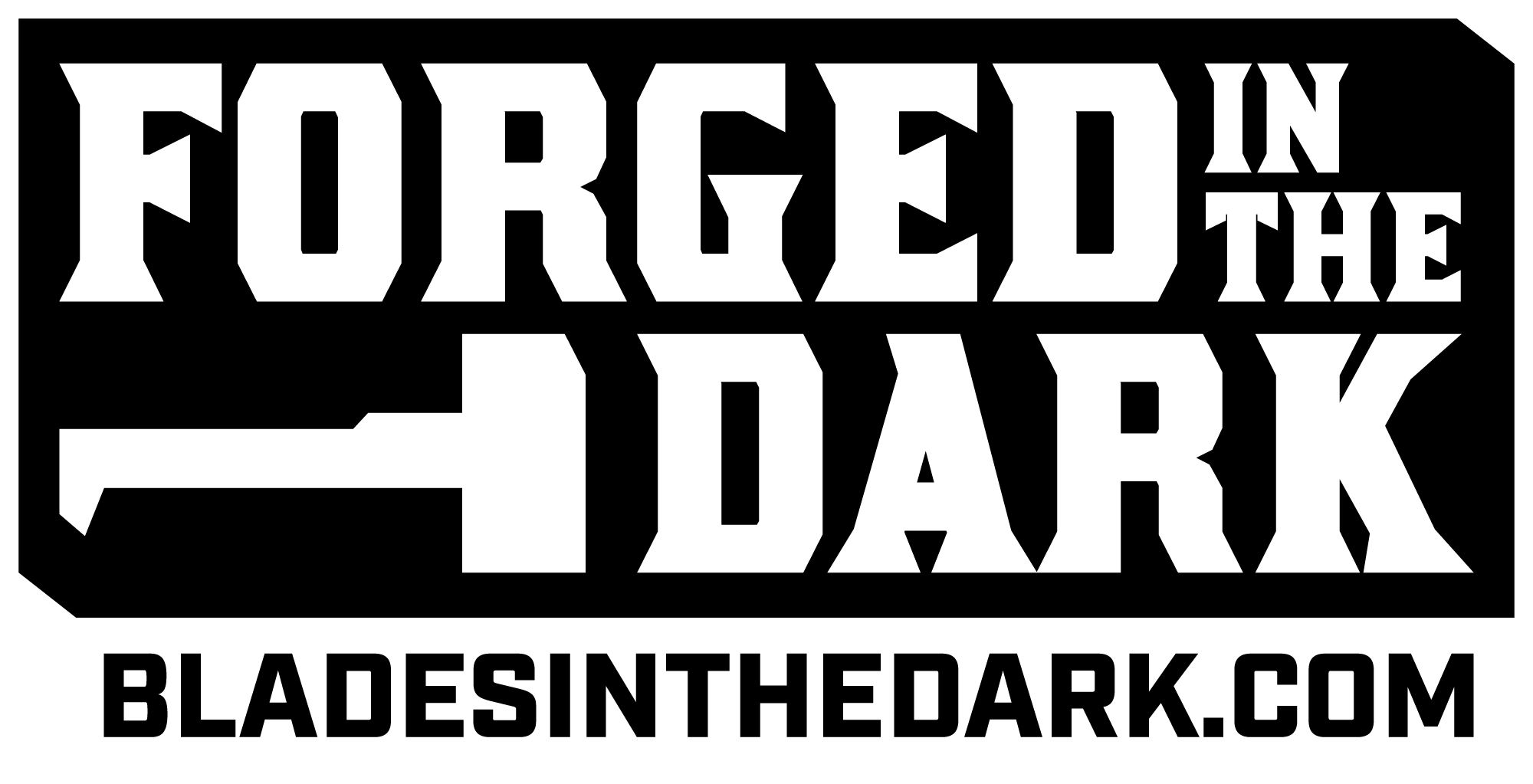Hacker Playbook 

Digital spy, analyst
Computers, networks, servers. While the others have gun battles in the streets you fight firewalls and security protocols with botnet armies and social engineering tricks. You’re the hero back in the lab living on caffiene and sugar figuring out a way to use Fourier analysis to isolate and reconstruct the last garbled sentence of the villain’s master plan.
If your eyes haven’t glazed over yet, or you really think the alien mothership will be MacBook compatible, this might be the playbook for you.
When you play a hacker, you gain xp when you address a challenge with tech or social engineering. Obviously, you’re the first person to turn to when high-tech computers, gadgets, or weapons turn up. But human flaws are always the weakest link in an elaborate security system; why spend a million dollars on breaking encryption when a phone call to a secretary will net you a password? Using your analytical skills to spot weaknesses in people, programs, and organizations is how you set your crew up for success.
| Starting Actions | ||||
|---|---|---|---|---|
| | | | | Tinker |
| | | | | Attune |
Starting builds
If you want some guidance when you assign your four starting action dots and special ability, use one of these templates.
Raven Ramirez. Study +2, Consort +2. Analyst. This template is inspired by the FBI analyst and “cyber consultant” who features in CSI: Cyber.
Richard “Ringo” Langly. Study +1, Tinker +1, Finesse +2. Search Protocol. This template is inspired by the youngest of the Lone Gunmen who appeared in The X-Files.
Lisbeth Salander. Wreck +2, Sway +1, Hunt +1, Study +1. Quick Study. This template is inspired by the world-class hacker protagonist of The Girl with the Dragon Tattoo.
Natalya Simonova. Hunt +2, Prowl +2. Digital ward. This template is inspired by the Russian programmer who destroyed the satellite in GoldenEye.
Hacker abilities
Quick Study — When you Study to identify or exploit weakness during a mission, you get +1 effect level. When you train the same thing a second time during downtime, you earn 1 XP.
Whiz — You can push yourself to do one of the following: completely ignore distractions (real or virtual) — disrupt wireless communications in an area.
Analyst — During downtime, you get two ticks to distribute among any long term project clocks that involve investigation or learning a new program or design plan.
Digital ward — When you Wreck a computer or network, ruining it for any other use, it becomes either anathema or enticing to computer viruses and other hackers.
White noise generator — You may interfere with surveillance tech, becoming shadowy and insubstantial on all recordings for a few moments. Take 2 stress when you activate this ability, plus one stress for each extra feature. It lasts for a few minutes rather than moments — you are invisible rather than shadowy — it affects human senses as well
Multitasker — You can push yourself to do one of the following: control a small group of rigged machines as easily as one — perform non-VR actions while in VR without disconnecting
Search Protocol — You have access to the best tech expertise. Take +1d to gather information about technology by any means.
Hacker items
In addition to the standard gear you have access to the following items:
Portable multiband noise generator — A little device that can be used to jam radio signals, knock a computer network offline, or have a quick conversation without being overheard.
Fine storage device — An offline, high-capacity data storage device capable of transferring an entire database in just a few moments.
Custom apps – You can create apps during downtime by tinkering with compilers and tools. You may deploy up to three on a mission before compromising your device. [0 load]
TEMPEST monitor — This system intercepts the radio waves broadcast by computer monitors, including ATM screens, laptop monitors, medical readouts, and CCTV screens. (High-security monitors and screens might be TEMPEST-hardened.) It can read any screen within 300 meters; it requires an antenna, a receiver box, and a laptop running software to process and read the signals. [2 load]
